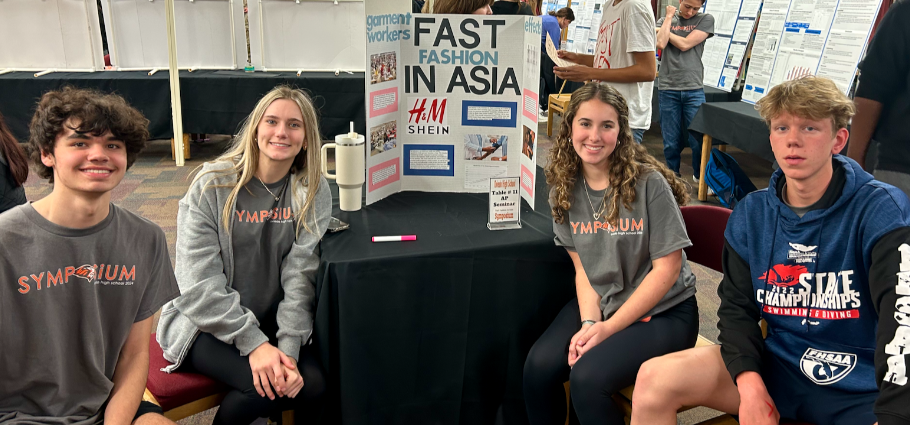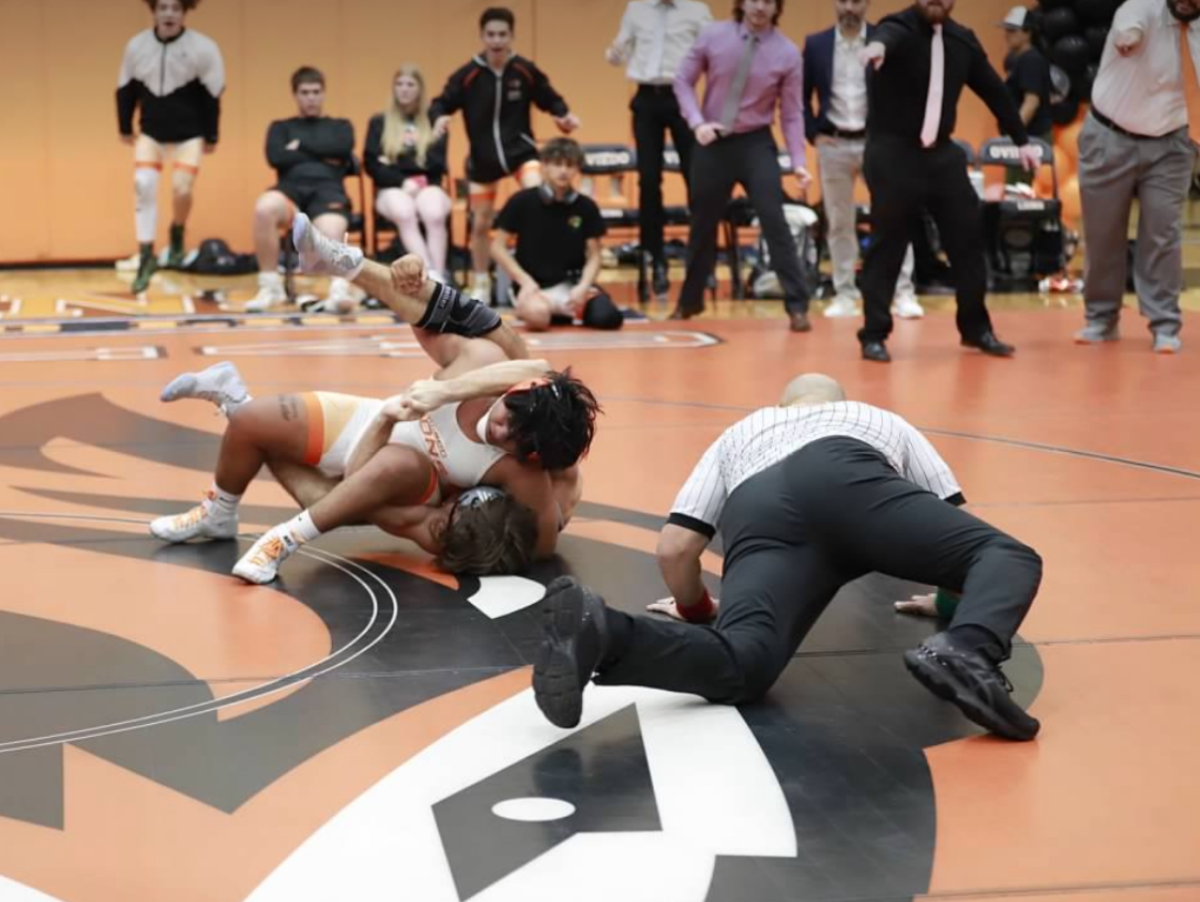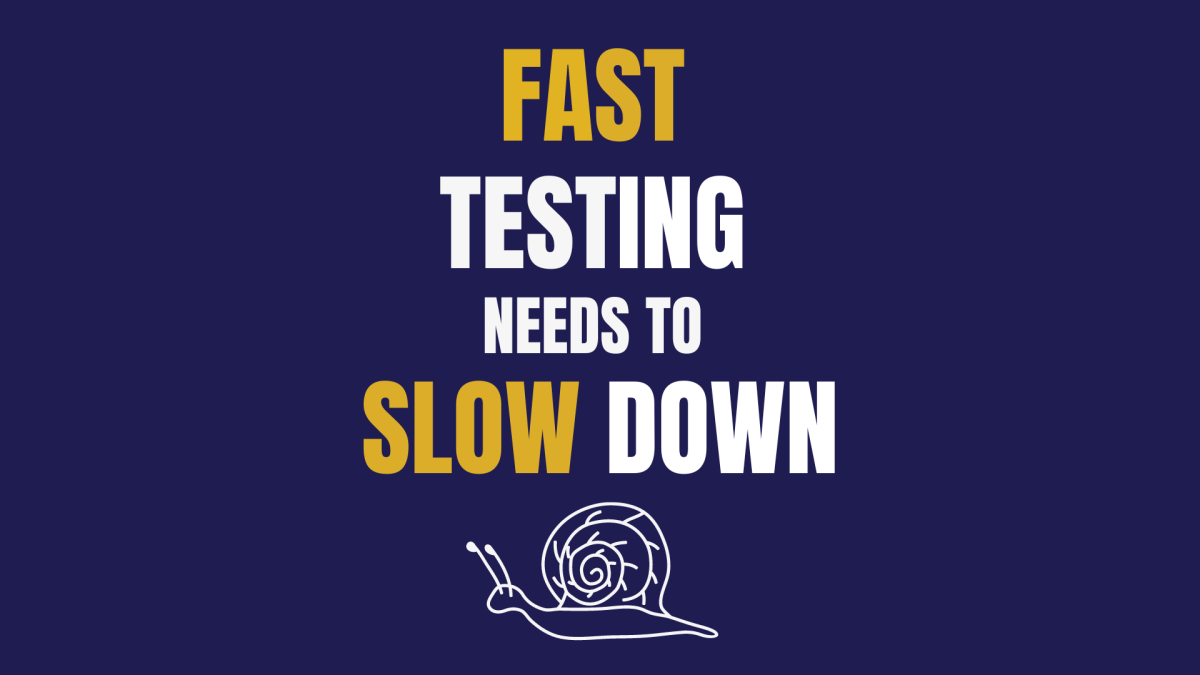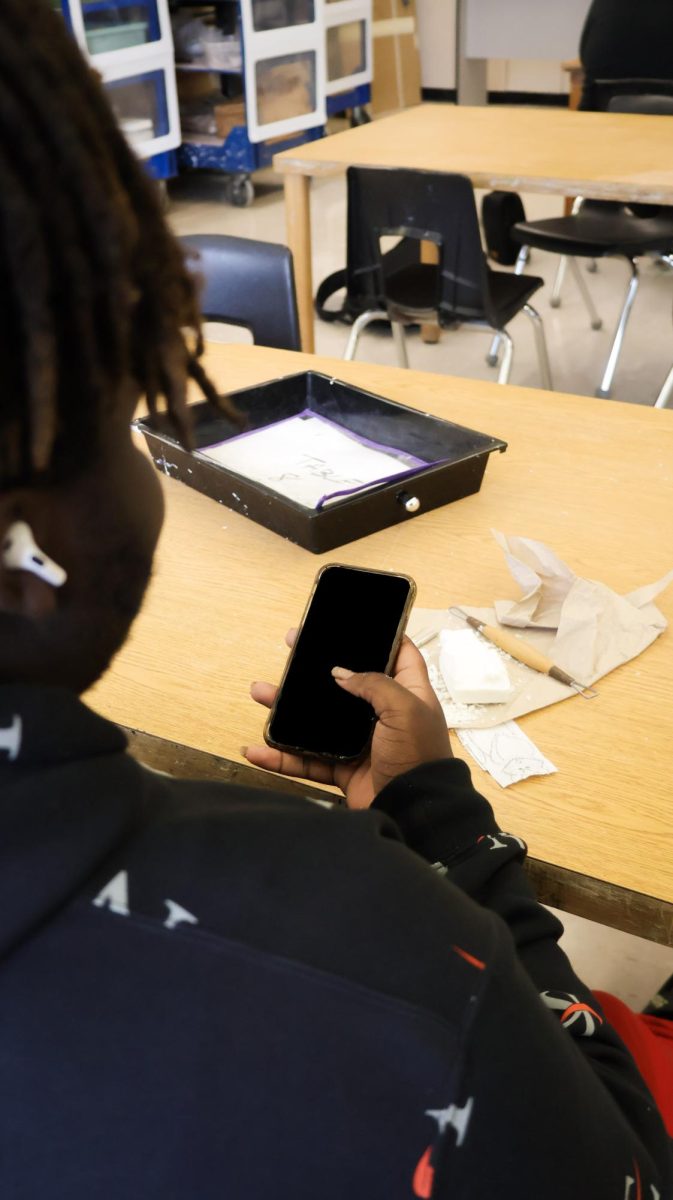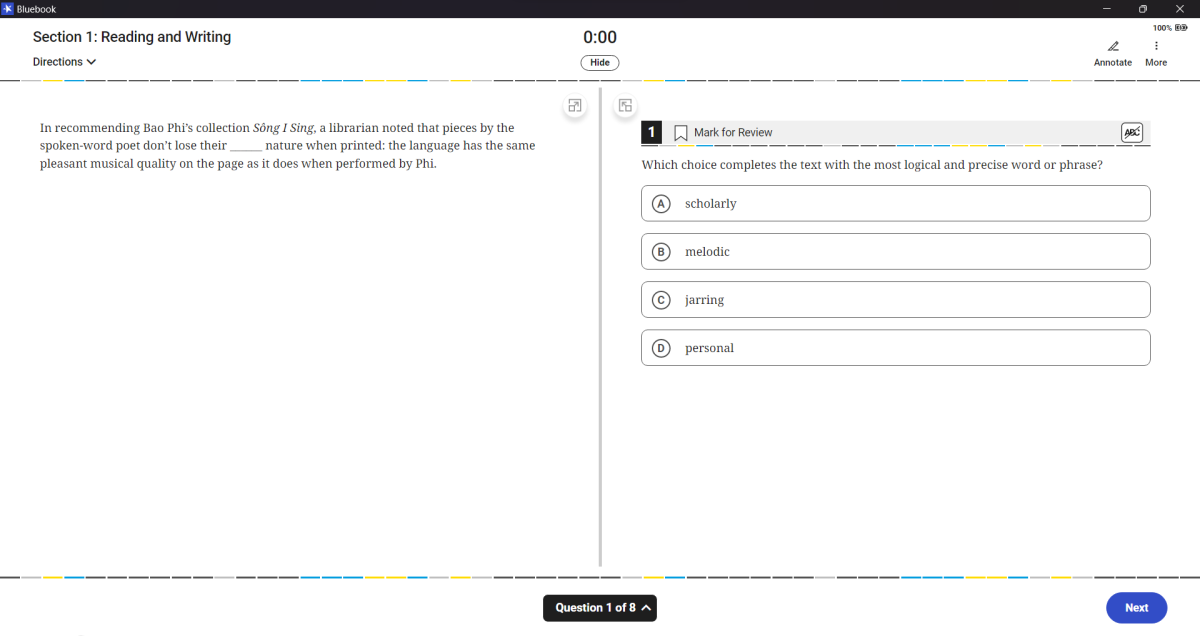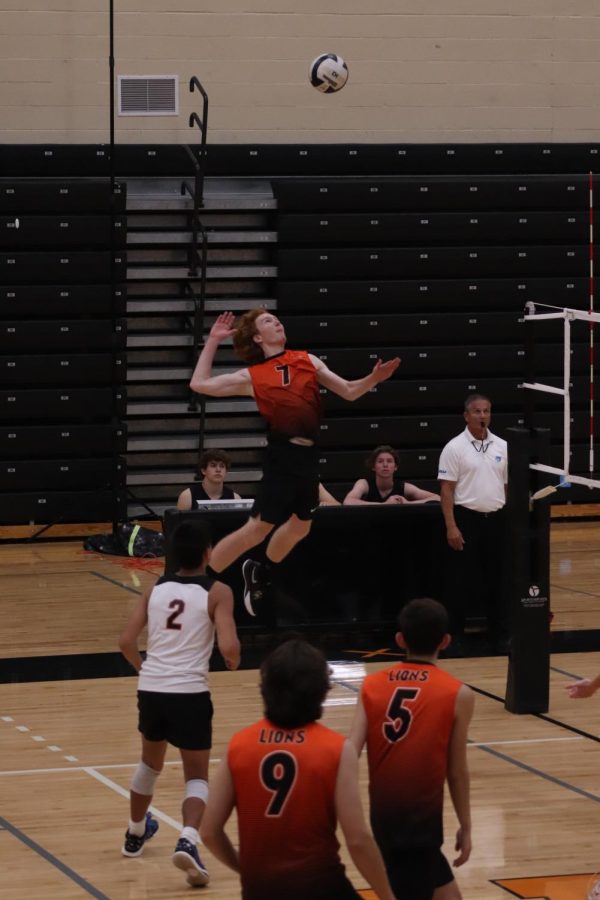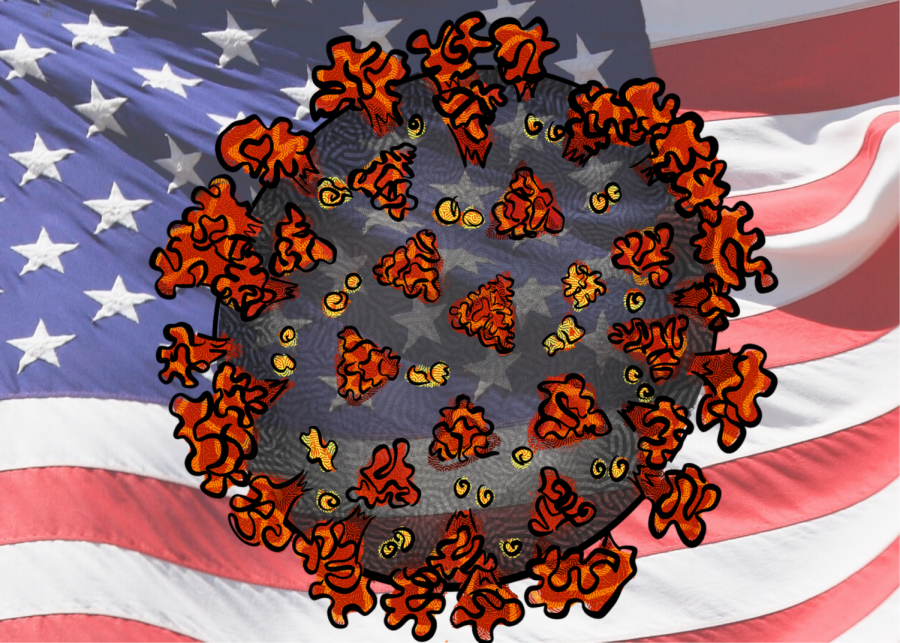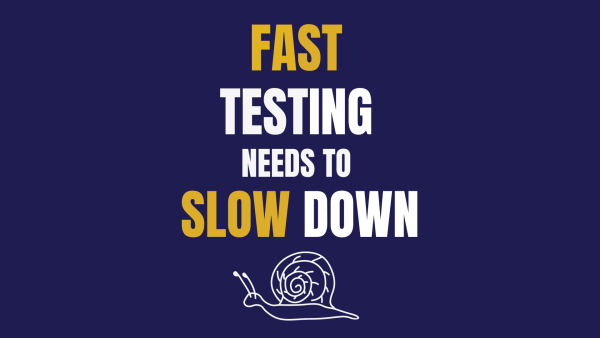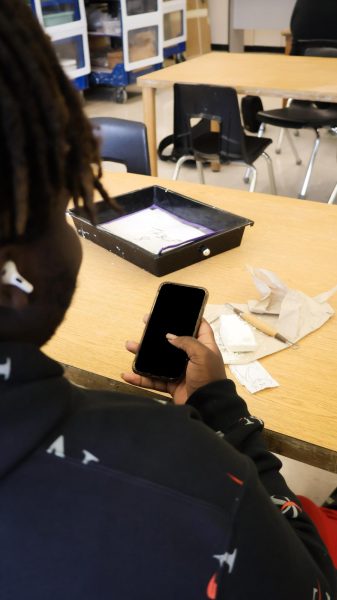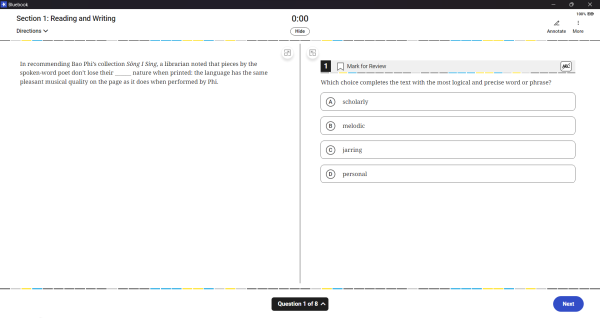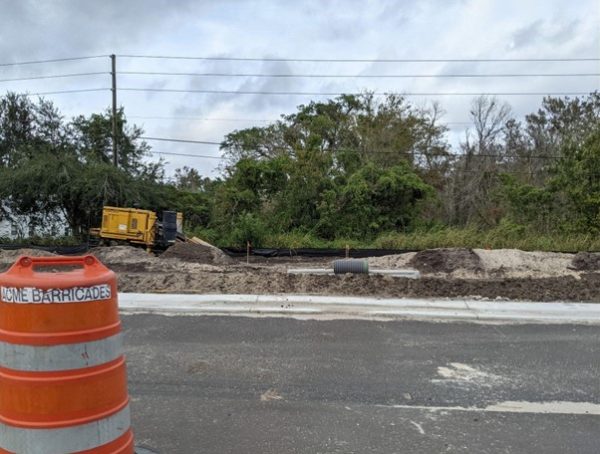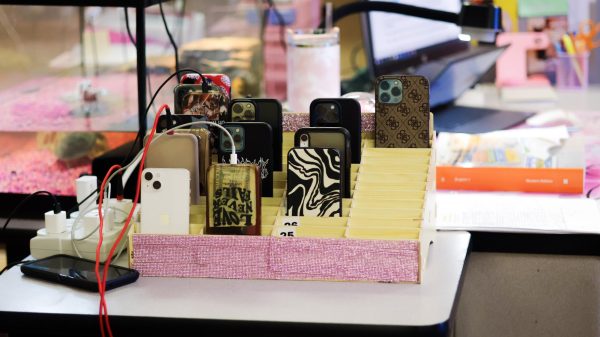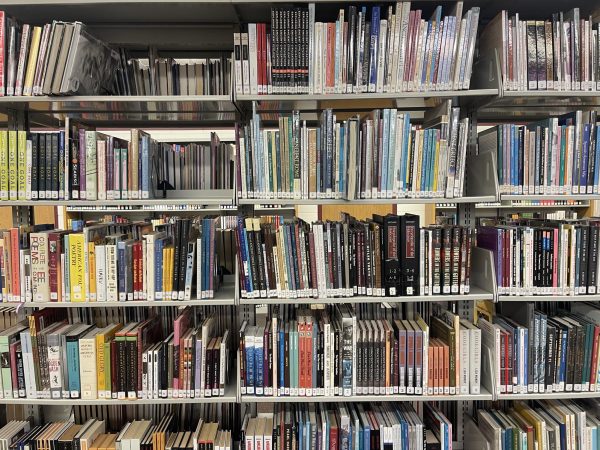U.S. failed to flatten the curve, endangering Americans
WEB EXCLUSIVE
Burgeoning case numbers of COVID-19 in the United States has caused a flurry of questions to arise; most regarding how long quarantine will last and how this virus was able to spread so quickly. Undoubtedly, these past few weeks have been frightening and uncertain times. Most people living in the U.S. at this moment have never experienced a pandemic, let alone know how to properly handle one’s daily routine without being exposed. Despite the various ambivalent opinions that circulate the COVID-19 pandemic, one thing seems to be clear: The United States is woefully unprepared to deal with what lies ahead due to the government’s delayed response and indifferent regard to the severity of this pandemic.
First and foremost, a Pandemic Response Team should have already been in place and ready to act should the slightest indication of a pandemic arise, yet President Donald Trump fired the US Pandemic Response Team without replacement in 2018. A response team shouldn’t be composed last minute when a deadly disease is already knocking on the United States’ door but should always be prepared in the instance that something as prolific as COVID-19 begins.
Since the first cases of the COVID-19 virus began in China in December, government officials have continuously degraded the severity of the disease. The government waited until Jan. 31 to act by barring travel from China. This mandate only came after the World Health Organization declared COVID-19 a “public health emergency” on Jan. 30, when the number of cases worldwide had risen to around 9,800. This limited action has led to a pattern of the U.S. government misleading the American people about the true severity of COVID-19.
President Trump’s claims the virus would “disappear” have allowed a very lackadaisical approach by many Americans to social distancing and quarantine warnings. President Trump also stated in late February that vaccines would be available soon, even though U.S. Director of the National Institute of Allergy and Infectious Diseases (NIAID), Dr. Anthony Fauci, explained that a vaccine wouldn’t be available for about a year.
Additionally, many political pundits and government officials said that influenza should be more of a concern than COVID-19. Dr. Fauci contested this with an explanation that the 1 percent death rate of the current pandemic is ten times deadlier than that of influenza’s 0.1 percent death rate.
Moreover, travel from Europe was only barred March 11 when the continent had been a growing epicenter for the disease since late February. Finally, on March 13 President Trump proclaimed a national emergency to the public.
Thankfully, the bipartisan $2 trillion economic relief package President Trump signed on March 27 will be beneficial to the American people through stimulus payments, adapted student loans and extended unemployment coverage. However, Treasury Secretary Steven Mnuchin cautioned that stimulus checks likely won’t be distributed until April 17. Furthermore, large multi-million-dollar corporations such as the airline industry are receiving bailouts while struggling small businesses with limited funds pay a 1 percent interest rate on government loans.
While the economy appears grim, complete lockdown is the only way to flatten the curve and prevent the death of thousands. With two-thirds of the economic activity worldwide based on consumer-spending, financiers are optimistic that once the virus is contained, consumers will return to what they do best: consuming and spending.
As of April 3, the US has over 250,000 cases reported and over 6,000 deaths from COVID-19 with no federal movement for lockdown or “do not board” orders for those traveling to and from the nation’s “hotspots.” The U.S. government should have taken immediate action against this growing pandemic two months ago and needs to now focus on encouraging national quarantine measures. The weeks to come will also be worrisome and difficult, but extreme measures must be taken to flatten the curve and limit the spread of COVID-19.
Your donation will support the student journalists of Oviedo High School. Your contribution will allow us to purchase equipment and cover our annual website hosting and printing costs. Thank you!






